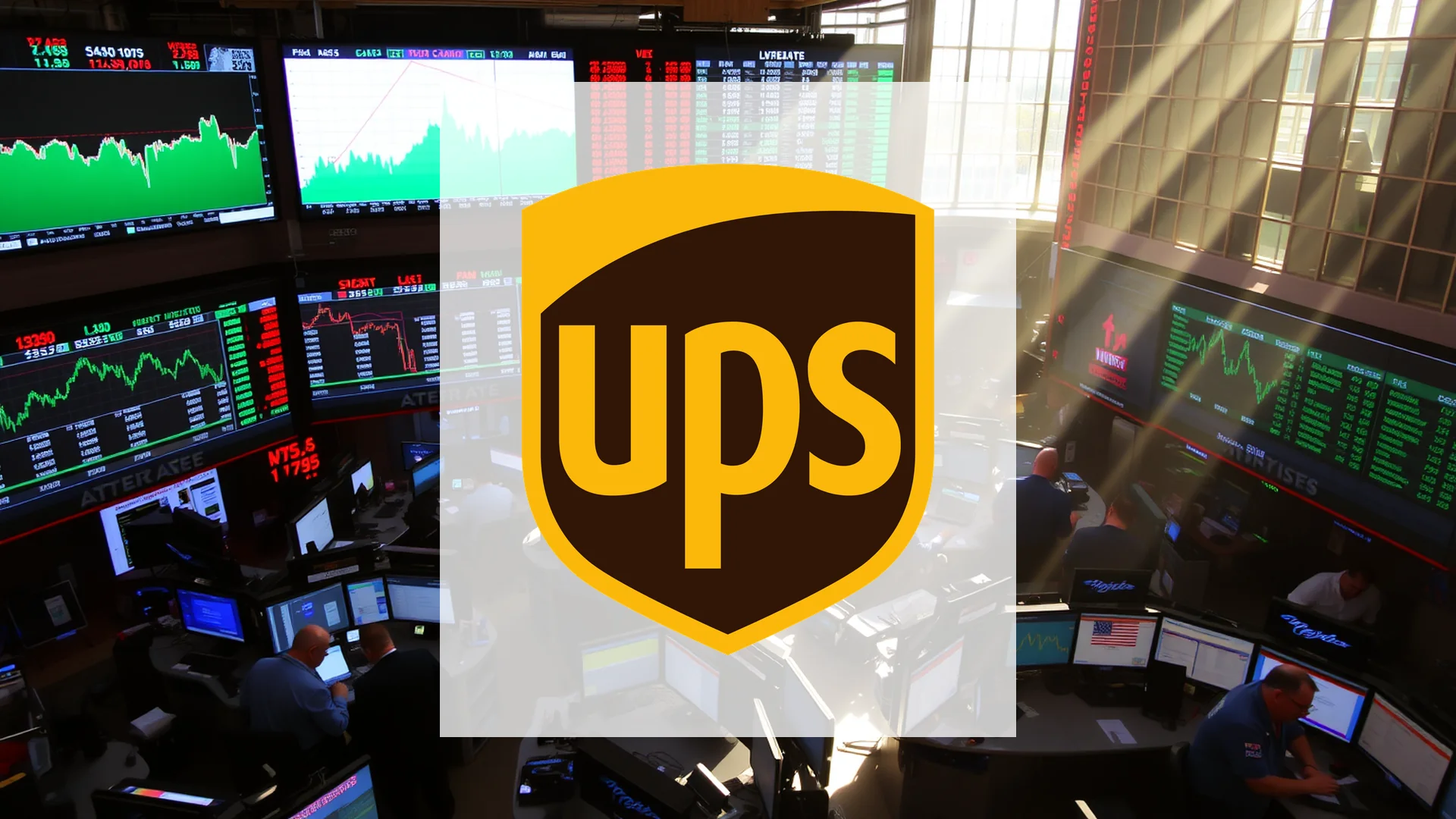The logistics giant UPS is confronting significant operational challenges after aviation authorities mandated the grounding of its MD-11 freighter fleet. This decisive action from the U.S. Federal Aviation Administration (FAA) follows a fatal accident involving a UPS cargo aircraft near Louisville, Kentucky, which resulted in the loss of fourteen lives. The immediate market reaction was a sharp decline in the company’s share price as investors assessed the potential for substantial operational disruption.
Regulatory Mandate Disrupts Air Cargo Operations
In response to the tragic incident, the FAA issued an emergency directive requiring the temporary suspension of all MD-11 aircraft operations within the United States. This measure impacts not only UPS but also its competitor, FedEx. Preliminary reports from the ongoing investigation suggest a fire may have erupted on the left wing of the UPS jet shortly after takeoff. While the exact cause remains under official review, the enforced idling of these freighters introduces considerable uncertainty regarding the company’s immediate air cargo capacity.
A Complicated Strategic Pivot
This fleet grounding occurs at a particularly inopportune time for UPS. The company is currently navigating a major corporate overhaul under its “Fit to Serve” initiative, a program designed to enhance efficiency and reduce expenses. As part of this broader restructuring, UPS disclosed plans in late October to eliminate approximately 48,000 positions. Concurrently, the firm is striving to shift its focus toward more lucrative sectors, such as healthcare logistics, and to decrease its reliance on lower-margin clients like Amazon.
Should investors sell immediately? Or is it worth buying UPS?
The current crisis threatens to impede this strategic transition. The sudden reduction in available aircraft not only raises the prospect of shipping delays but also implies unforeseen additional costs—precisely the type of financial pressure the restructuring was intended to mitigate.
Investor Focus Shifts to Investigation Timeline
For shareholders, the critical unknown is the duration of the MD-11 fleet’s immobilization. The ultimate operational and financial toll will be largely determined by the length of this suspension and the scope of any mandatory retrofits or modifications identified by the investigation. Market analysts, who previously held ratings ranging from “Hold” to “Buy,” are now compelled to re-evaluate their positions in light of these unexpected operational headwinds.
Until the investigation concludes and the full operational and financial ramifications become clear, UPS shares are likely to remain under a cloud of uncertainty, caught between the human tragedy of the event and the stark realities of its business impact.
Ad
UPS Stock: Buy or Sell?! New UPS Analysis from November 11 delivers the answer:
The latest UPS figures speak for themselves: Urgent action needed for UPS investors. Is it worth buying or should you sell? Find out what to do now in the current free analysis from November 11.
UPS: Buy or sell? Read more here...









